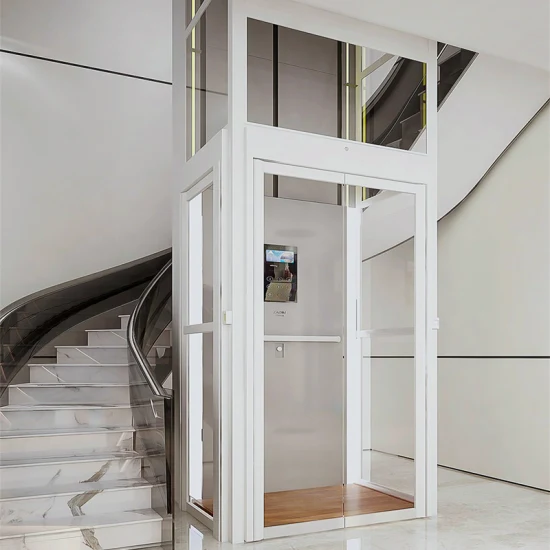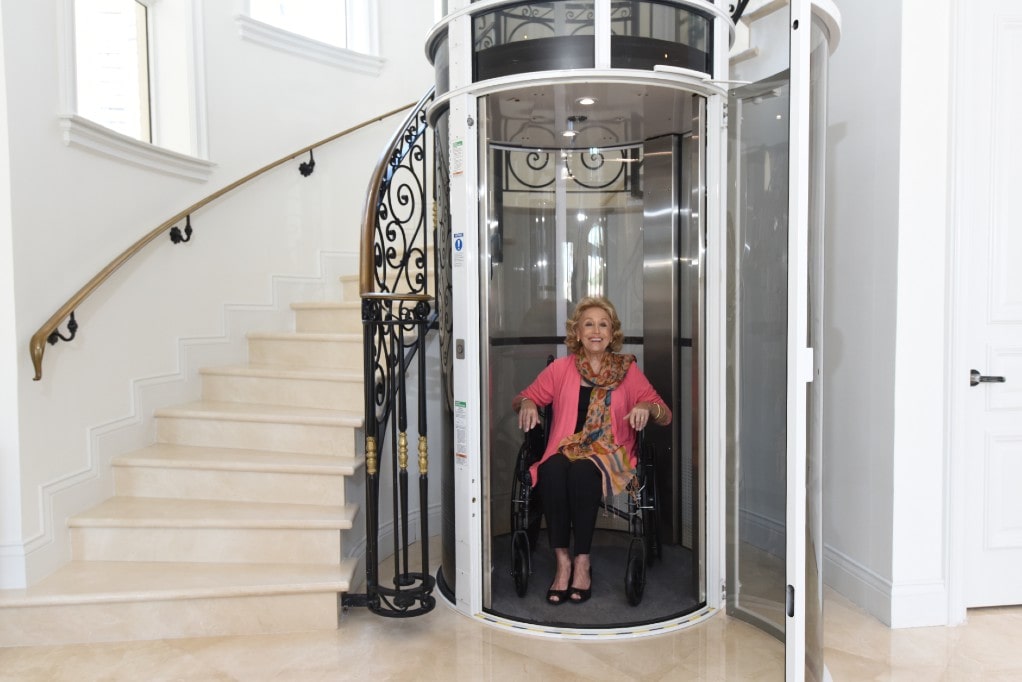Leading Lift Companies in London: Delivering Exceptional Service and Assistance
Leading Lift Companies in London: Delivering Exceptional Service and Assistance
Blog Article
Untangling the Complexities of Lift Innovation: Troubleshooting Common Problems Across Lift Designs
From slow-moving operation concerns to peculiar sounds emanating from the equipment, troubleshooting common troubles throughout various lift versions requires a keen eye for detail and a methodical strategy. Keep tuned as we browse via the labyrinth of lift malfunctions, seeking solutions to the enigmatic troubles that can disrupt the smooth functioning of these indispensable devices.
Determining Slow Operation Issues

Following, check the electrical links to ensure that all elements are correctly connected and working. Defective circuitry or loosened connections can cause slow operation or complete malfunction of the lift system. Additionally, it is vital to test the control system to determine if the problem hinges on the programs or sensors.
If the visual assessment and electrical checks do not reveal the root reason of the sluggish procedure, additional analysis tests might be needed. These could include pressure examinations for hydraulic systems, voltage examinations for electrical parts, or running analysis software for the control system. repair and maintenance services. By complying with a systematic strategy to troubleshooting slow operation problems, you can successfully determine and solve the problem, making certain the lift runs securely and properly
Addressing Odd Noises
To successfully repair lift modern technology for unusual noises, an extensive examination of the lift parts adhering to the recognition of sluggish procedure concerns is crucial. Weird sounds in lifts can be a measure of underlying problems that require punctual interest to ensure the security and dependability of the system. Typical sources of strange sounds in lifts consist of worn-out or misaligned sheaves, harmed motor bearings, broken or loosened suspension ropes, and malfunctioning control systems. When addressing weird sounds, it is necessary to conduct a methodical assessment of these components to identify the exact reason of the sound precisely. This might include examining for any kind of visible indications of wear and tear, testing the functionality of electric motor bearings, tightening up loose connections, and lubing moving components as needed.
In addition, it is important to refer to the lift maker's upkeep guidelines and seek aid from qualified professionals when taking care of complex lift components or unfamiliar troubleshooting treatments. By promptly fixing and resolving strange sounds underlying issues, lift drivers can make sure the optimal efficiency and safety and security of the lift system for travelers and drivers.
Dealing With Faulty Control Problems
An efficient strategy for resolving defective control issues in lift technology involves carrying out an extensive evaluation of the control system's parts and functionality. When running into concerns with lift controls, it is essential to first look for any type of loose links, harmed wiring, or malfunctioning sensors. Verifying that all control displays, buttons, and keypads are functioning appropriately is also important in diagnosing the problem properly.
If no noticeable concerns appear, specialists ought to continue to examine the control board for any kind of indicators of water corrosion, damage, or getting too hot, as these can often cause control malfunctions. In addition, resetting the control system or updating the software may aid deal with certain problems or pests triggering the trouble.

Taking On Hydraulic System Malfunctions
The performance of hydraulic systems in lifts depends heavily on the appropriate functioning of different elements within the system. When hydraulic systems malfunction in lifts, it can lead to operational interruptions and security worries.
In addition, irregularities in hydraulic liquid degrees or uncommon noises throughout lift operation may suggest underlying system breakdowns that call for immediate interest to prevent more damages. Regular maintenance and timely troubleshooting of hydraulic system problems are essential to ensuring the safe and effective operation of lift technology.
Managing Electric Component Failures
Resolving electric component failures in lift modern technology demands a systematic strategy to detecting and solving problems to maintain operational functionality and safety requirements. When experiencing electrical problems in lift systems, it is critical to initial carry out an extensive assessment of the electrical components, including control board, electrical wiring, sensing units, and circuit boards. Any type of signs of damages, rust, loose connections, or scorched components must be meticulously kept in mind and resolved without delay to protect against further complications.
In the instance of electric component failures, it is important to adhere to manufacturer guidelines for fixing and fixing procedures. This may entail checking the components utilizing multimeters, oscilloscopes, or various other diagnostic devices to pinpoint the precise source of the breakdown. Furthermore, having an extensive understanding of the lift's electric schematics and electrical wiring layouts can aid in determining and rectifying issues effectively.
Routine upkeep and examination schedules can help protect against electrical failures by detecting prospective concerns beforehand. Correct training for lift professionals on electrical systems and parts is additionally essential to make sure accurate medical diagnosis and reliable resolution of electric troubles, inevitably adding to the total security and integrity of lift procedures.
Conclusion
In conclusion, fixing lift technology requires an organized approach to determine and deal with typical issues such as sluggish operation, weird noises, defective controls, hydraulic system breakdowns, and electric component failings. By understanding the intricacies of lift modern technology and adhering to correct repairing wikipedia reference steps, technicians can effectively fix concerns and guarantee the efficient and risk-free procedure of lifts throughout different designs.
To properly troubleshoot lift innovation for strange noises, a look at more info complete exam of the lift elements complying with the recognition of slow-moving operation issues is important. Weird sounds in lifts can be indicative of underlying problems that need timely attention to make certain the security and integrity of the system.An efficient strategy for dealing with defective control problems in lift modern technology includes conducting a detailed assessment of the control system's components and performance.The effectiveness of hydraulic systems in lifts relies greatly on the proper functioning of different parts within the system. repair and maintenance services. When encountering electrical problems in lift systems, it is critical to initial carry out a complete assessment of the electric components, consisting of control panels, circuitry, sensing units, and circuit boards
Report this page